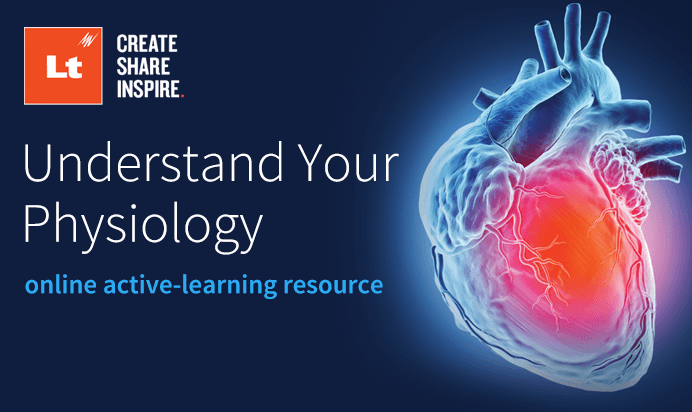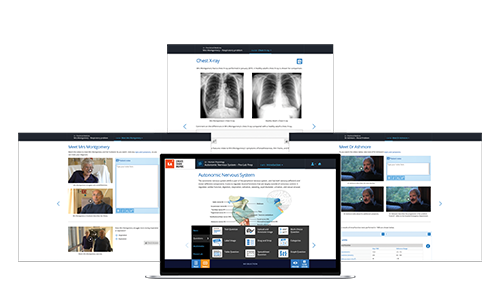Join Patricia Halpin, PhD and Chair of the Teaching Section of the American Physiological Society, as she discusses how she harnesses technology to engage her physiology students in an online clinical pathophysiology course.
Key learning objectives:
- Compare and contrast synchronous and asynchronous teaching modes.
- Understand the benefits of clinical cases and low-stakes quizzing for positive student outcomes.
- Identify ways that you can vary your teaching to account for students with different academic backgrounds.
- Understand how to incorporate technology into your teaching by starting small.
Abstract:
Dr. Halpin has used technology to teach since 2000, and has published educational research in the fields of flipped teaching, dramatization, and asynchronous course delivery.
In particular, her experience using online tools to teach third- and fourth-year students in an asynchronous clinical pathophysiology course was sparked by the COVID-19 pandemic, when teaching was moved online.
Here, Dr. Halpin shares how a focus on clinical cases and the incorporation of low-stakes quizzing led to positive student outcomes, with 72.7% of students finding the learning platform used, Lt, effective in helping them learn their course material.
Key takeaways:
- Attendees' greatest challenge when teaching physiology is students arriving at university without key knowledge/skills (25% of responses), followed by students not preparing for labs (13%) and students not being engaged (12%), or struggling to connect theory (lectures) with practice (labs; 12%). Interestingly, only 3% said that they did not receive enough professional support from their university/college.
- Clinical case studies help to engage students. Student feedback included: “I found the case studies to be very helpful in improving my understanding of the course material because they allowed me to apply the learned concepts to a real-life medical situation.”
- The Lt learning platform was one more way to be inclusive, as seen in feedback from one student with ADHD: "I have ADHD so sometimes it can be hard to focus, especially when all my classes are online, but the use of Lt made it fun and easy to focus on the material while learning new things.”
- Lt was also cheaper than the textbook, and therefore reduced barriers to learning: “ Lt cost about 20% what they would have been paying for a textbook.”
- You can start using technology to teach in small ways - it's not all or nothing. Patricia says: "Don’t be afraid to try these new things…they can be something short where you’re just inserting it into your regular class, you’re taking 5-15 minutes...it's a fun active-learning way to engage the students and they usually love it and appreciate it.”
This event was sponsored by ADInstruments, and is the second in a 4-part webinar series, 2023 New Ways to Learn: Harnessing the Power of Technology. The other webinars in this series are:
- Expert Perspectives on Technology-enhanced Teaching - WATCH ON-DEMAND
- It's Time for Change! How to promote Diversity, Equity, Inclusion, and Respect in Your Chemistry Lab - WATCH ON-DEMAND
- The Journey From Pandemic Teaching Into The New Normal - WATCH ON-DEMAND
About the speaker:

Patricia Halpin, PhD
Associate Professor of Biology & Biotechnology, Life Sciences
University of New Hampshire at Manchester
Patricia A. Halpin, PhD is an Associate Professor at the University of New Hampshire. She engages students in active learning through dramatizations, songs, debates & role playing. She is the Chair of the Teaching of Physiology Section of the American Physiological Society (APS) and serves on the Advisory Board for the APS Center for Physiology.
Related products:
Lt, our learning platform for the sciences »
Over 900 interactive and fully-customizable life science lessons for active learning, whether you’re teaching in the lab or remotely.
Contact us for more information.
Lt resource: Understand Your Physiology »
Understand Your Physiology is an online resource that is ideal for blended learning and distance learning. No extra material or equipment needed.
Contact us for more information.
Lt Preclinical Medicine Collection »
With 30+ real patient case studies, self-evaluation, and built-in active learning, Lt helps you deliver an engaging and clinically-relevant learning experience to medical and pre-med students.
Contact us for more information.



